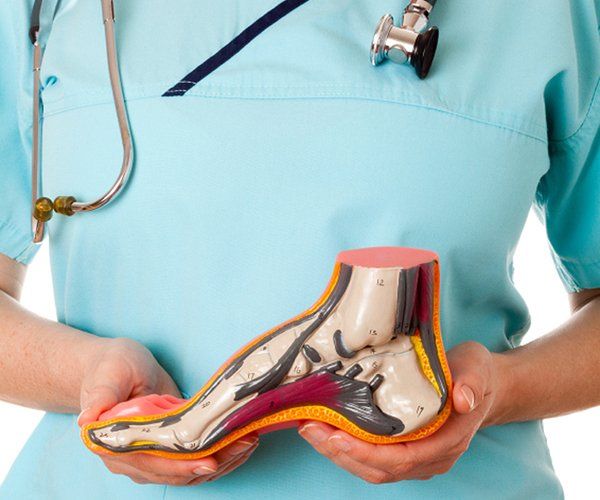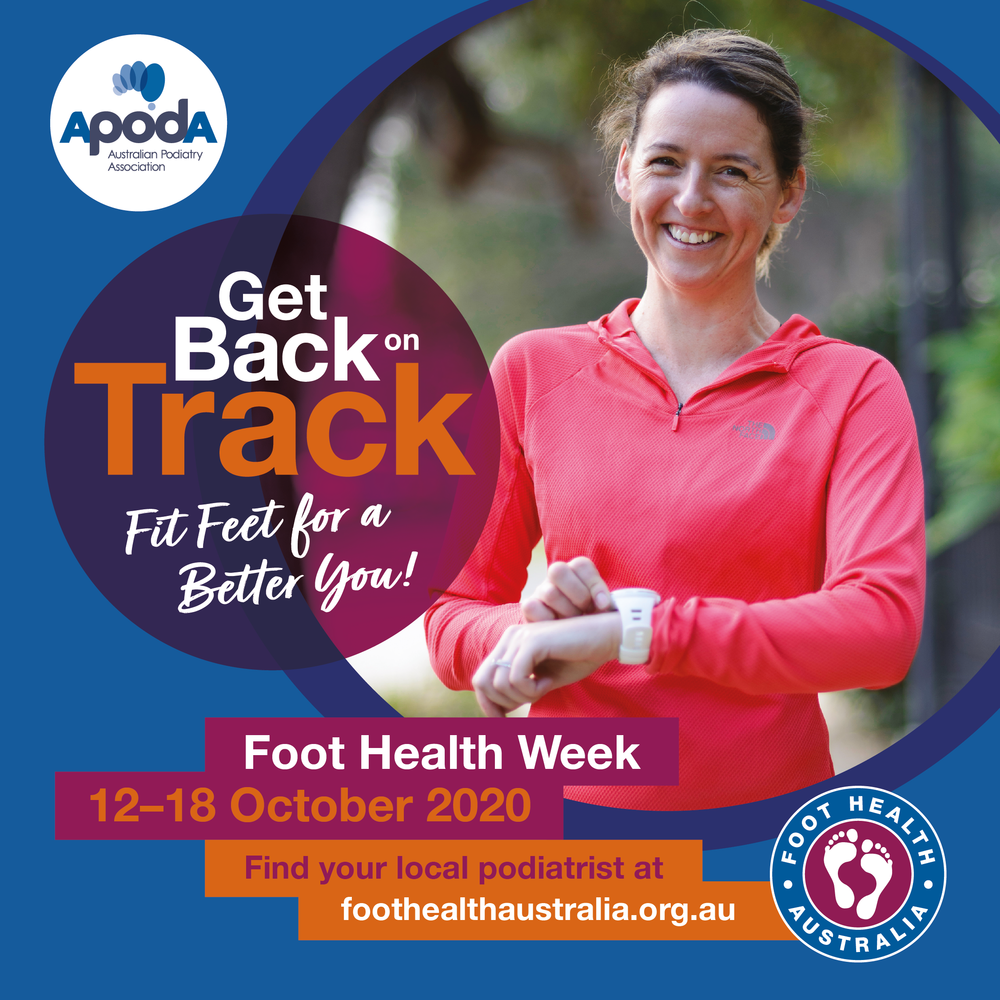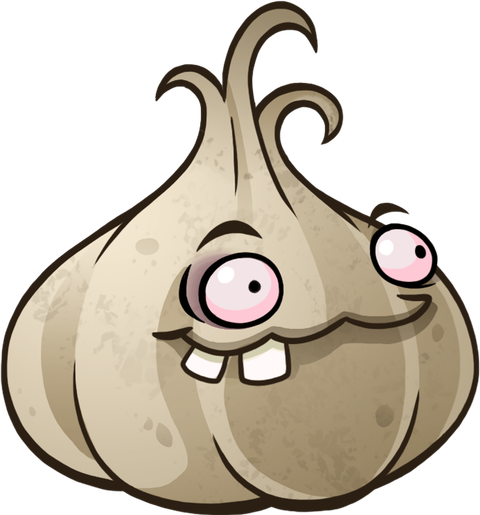Wart you need to know about Warts
Now, firstly, I should probably apologise.
Not, for that rather awesome pun (which, I rather am pleased with). But rather, the 6 months it has been since the last blog.
Rest assured, I haven’t just been watching Netflix (well the odd episode here and there) but also working hard to help more and more patients get on top of their bothersome foot troubles. New Paragraph
With that in mind, we should probably get into today’s topic…..Warts!
Where do I begin…. Wikipedia? Google? Youtube (Dr Pimple Popper perhaps)?
We should probably start at the very beginning (a very good place to start!).
When you read, you begin with ABC.
With a wart, you begin with yuk, ouch, freeze!
Sound Familiar? Have you maybe started humming? ...... Do Re Mi? I digress.
What is a wart?
A wart, also known as a verruca (which I think sounds much nicer) is a growth of skin tissue that is caused by a virus infection. Not just any virus, but a strain of HPV (Human Papilloma Virus), there are over 100 different strains known.
We can get warts all over the body, varying with different types of strains, however we will focus on those that affect the hands and feet.
How do you catch the virus that causes warts?
When a wart appears, it can only mean one thing, you have come in contact with the wart virus. Now, this can occur through a couple of different pathways. The first is through direct skin-to-skin contact. The second is through contact with surfaces that have been in touched by the virus.
Where are you most likely to catch a foot wart?
As it is possible to transfer the pesky wart virus through surfaces, communal foot surfaces are the hot spot of transmission. Places such as public change rooms/showers/shared footwear are the most likely.
While touching a virus or contaminated surface, increases the change of developing a wart, it is not a guaranteed. Our skin is generally a very effective barrier, however, injuries to the skin, such as blisters, cuts, scrapes, provide easier access for the virus. Our feet and hands are constantly on the go, so, as a result, it is not uncommon for cracks, cuts, blisters to occur.
Close but yet so far…
Our immune system is generally effective at destroying virus attacks to our skin. The catch, is our immune cells are located in the deeper layers that receive more blood supply. Unfortunately, foot warts grow on the outer layers of our skin, evading, our immune system, just out of reach.
I smell something funky!
A quick google of wart treatments, quickly can lead into a rabbit hole of wonder. Some of the more notable remedies include duct tape, banana skins, potato juice and apple cider vinegar.
Here’s a quick story for you. .
I had a patient come to see me for some advice with their foot warts. Before the shoes had come off, we had gone through the standard history gathering. While having a look at the pesky warts, I was pleased to see they weren’t award winning in size. However, something else caught my eyes….well rather my nose! A peculiar smell filled the room. Somewhere between a turmeric latte and mi-goreng noodles.
To which, after asking, what they had been trialling at home, I was told (with gusto), garlic and turmeric paste, homemade of course.
I was intrigued, I made a note, and once I had some spare time, quickly jumped online to check the research world for any studies. Alas, I never found one.
A variety of treatments
For those of us who have had or are currently in possession of a foot or hand wart, the chances are, you have come across several treatments. You may have even trialed most, if not all of them.
There’s liquid nitrogen, salicylic acid cream, cantharidin, needling, laser, just to name a few.
There are pros and cons to each. Unfortunately, they all come out to have around the same reported success rate (hovering around 60%). There is often a trade-off between physical pain and mental pain. That being, the less painful the treatment, the more hassle it becomes.
“I have had multiple treatments….but nothing has worked”
When I see a patient wanting help with a foot wart, I am almost never the first to see it. While there can be many reasons a treatment may have not worked, I thought I would offer an insight into some common pitfalls.
A simple misunderstanding that occurs around wart treatments, is how it actually works. Unfortunately, wart treatments don’t actually directly kill the virus. What they actually do, is kill the infected cells that have been taken over by the virus. So, in order to be successful, the treatments have to kill your cells. Once they have been killed, the body then responds by healing the area and shedding the dead cells.
If some of those infected tissue cells are left behind, these will be what can lead to the warts coming back and continuing to grow.
Where to from here?
I think I will have to do a part 2 on the treatment we offer here at the clinic. I am thinking of calling that blog “Bazooka that Verruca” what do you think?
Until my next available Sunday afternoon, here is the link to the treatment page https://www.footscienceclinic.com.au/swift-therapy
If you have questions, please feel free to get in touch.
Bye for now
Andrew Hadley
Share








